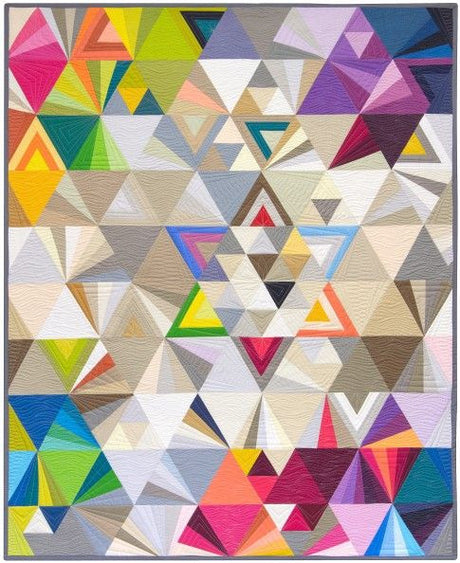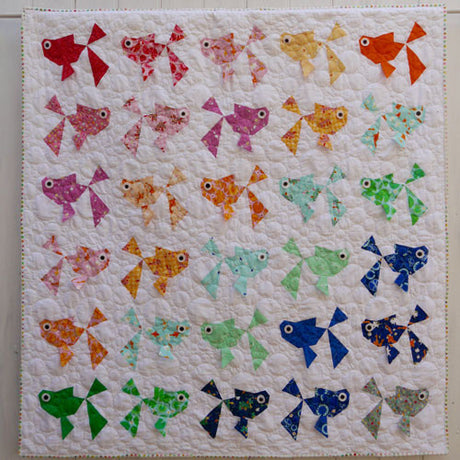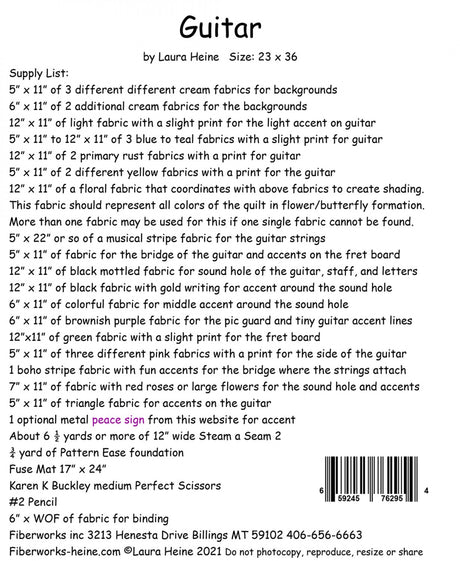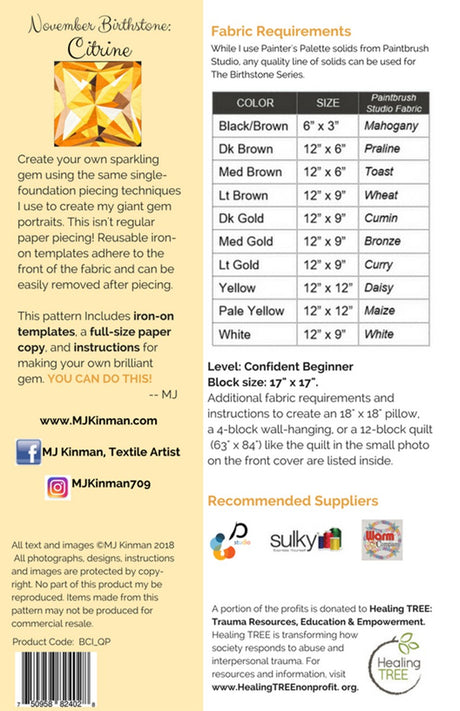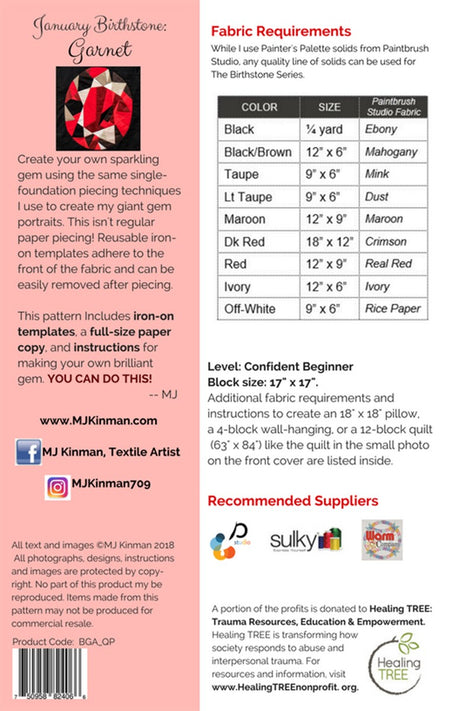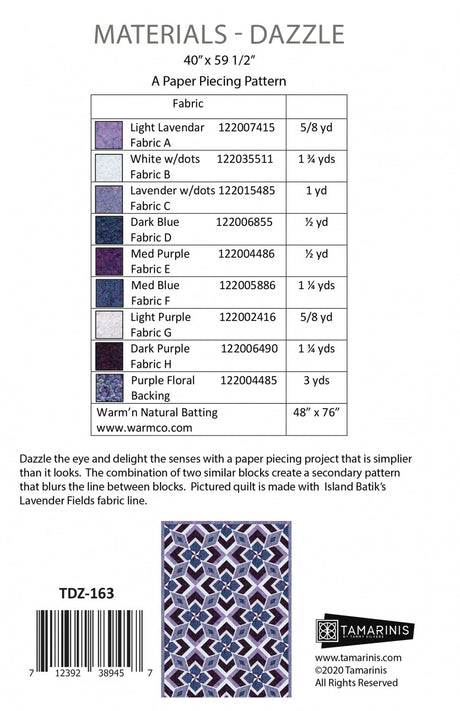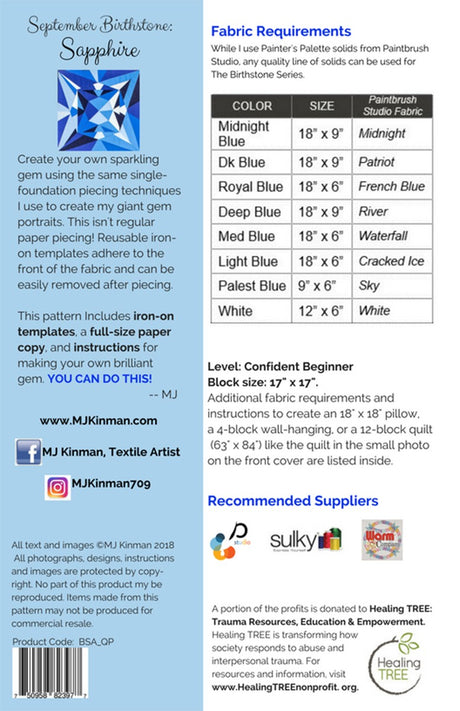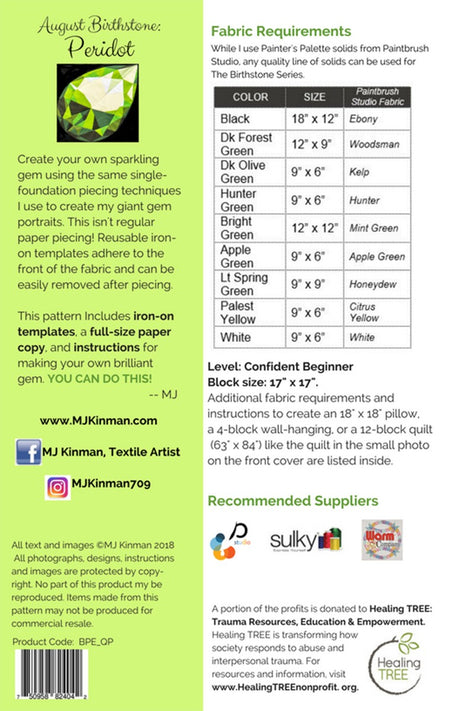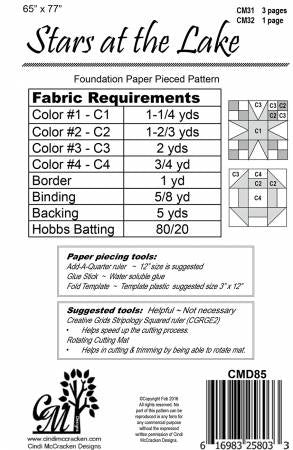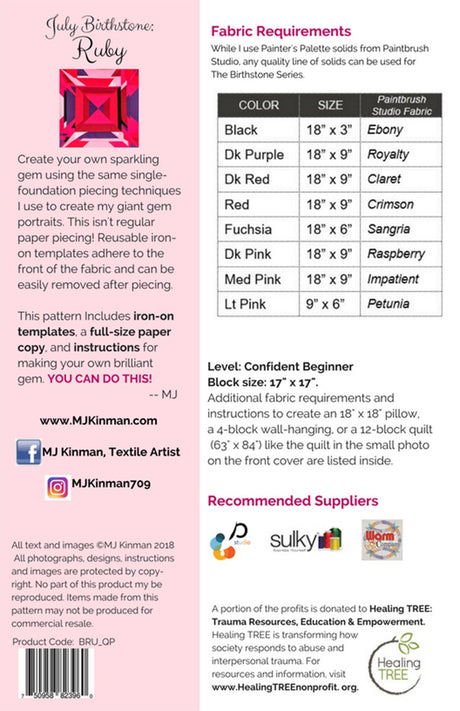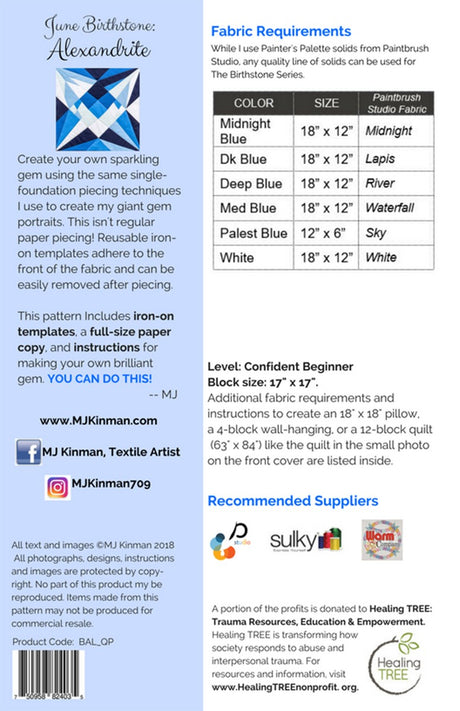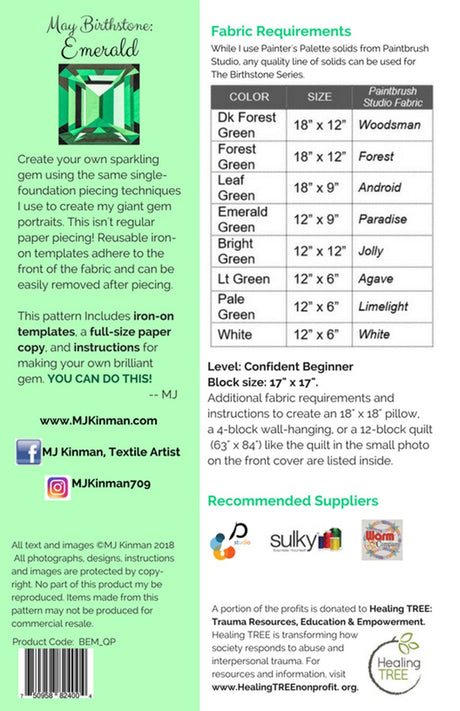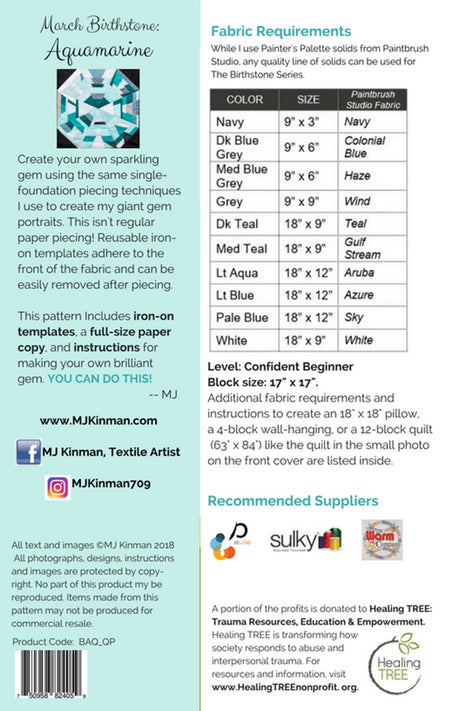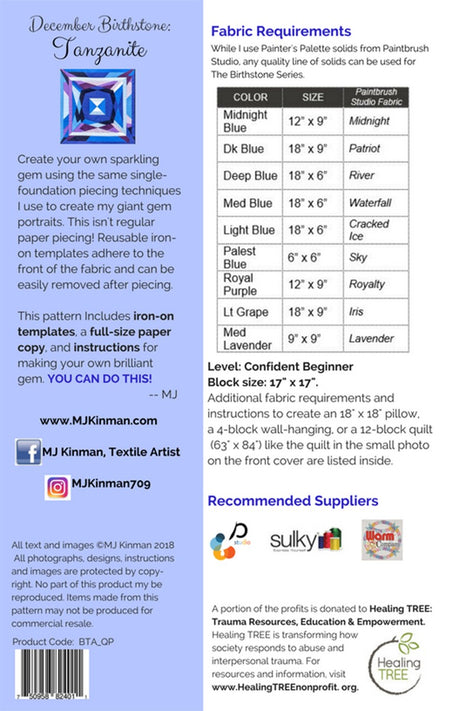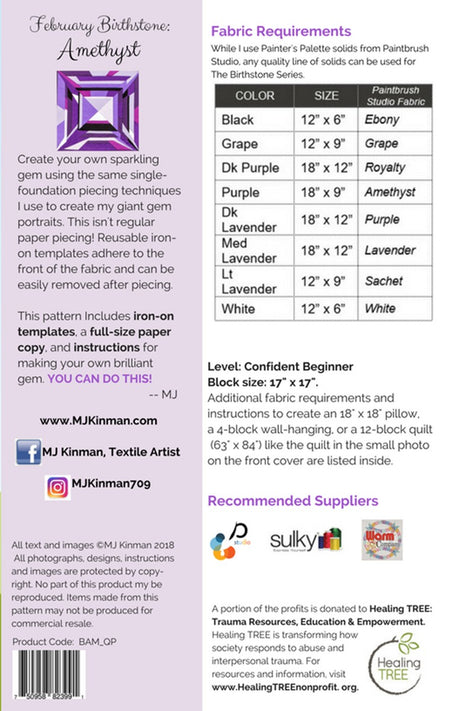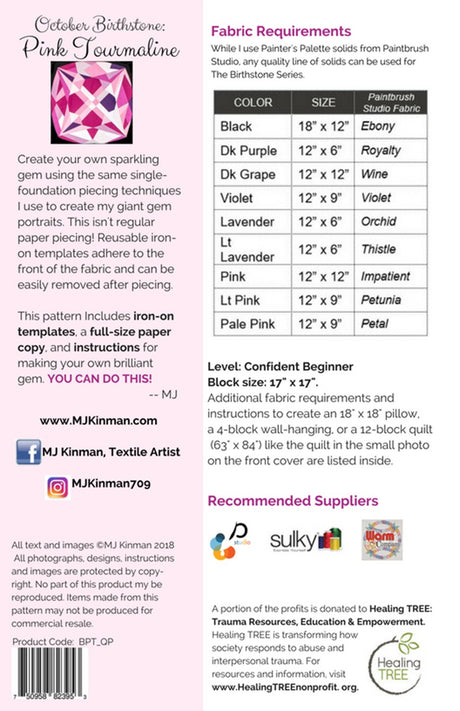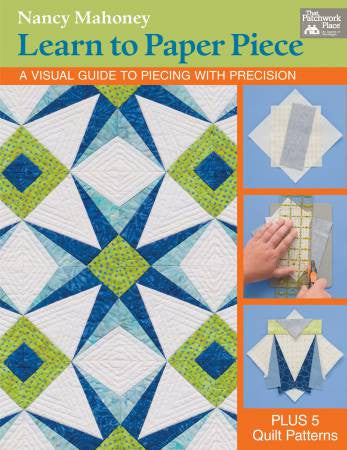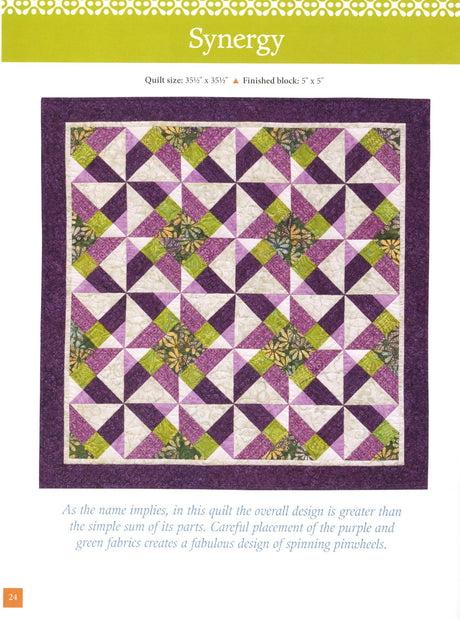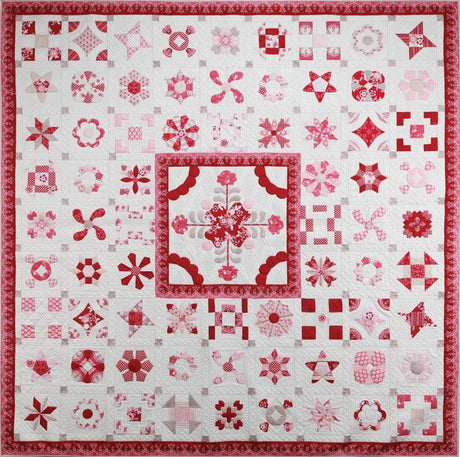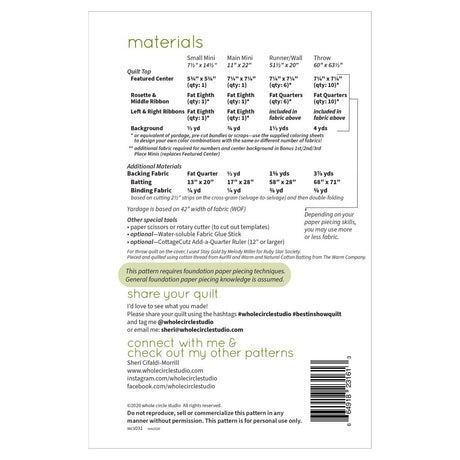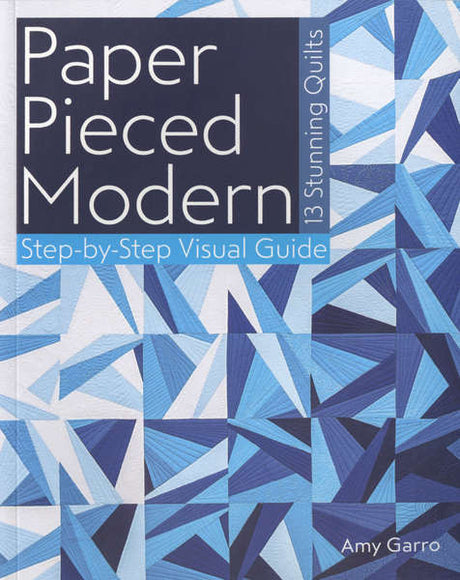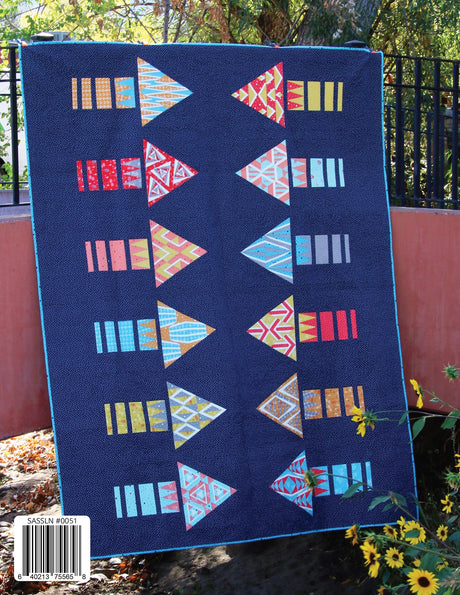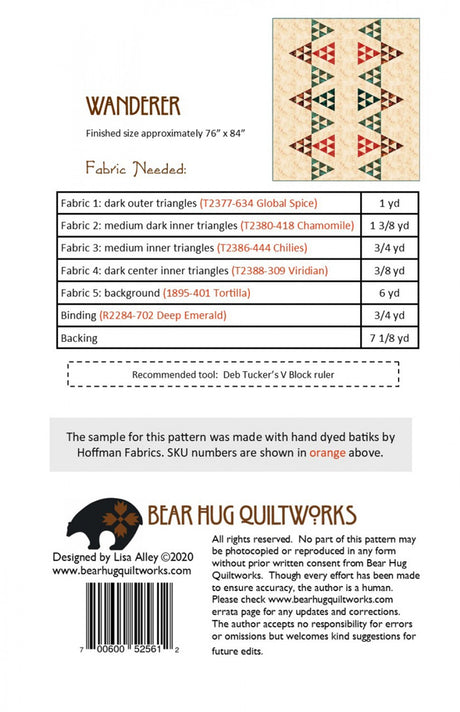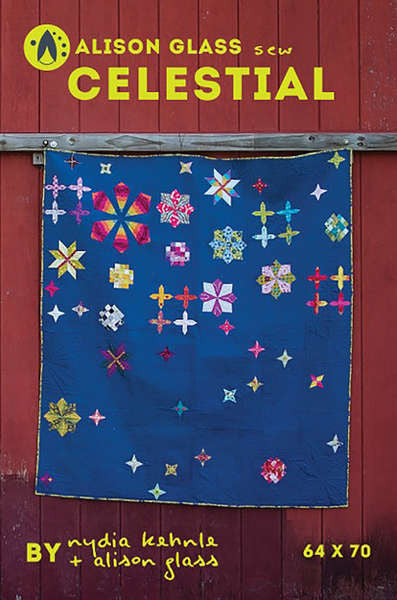- €12,95Unit price /Unavailable
- €12,95Unit price /Unavailable
- €11,95Unit price /Unavailable
Guitar Collage Pattern by Laura Heine
€26,95Unit price /UnavailableNovember Birthstone Citrine - Birthstone Series
€15,95Unit price /UnavailableApril Birthstone Diamond - Birthstone Series
€15,95Unit price /UnavailableJanuary Birthstone Garnet - Birthstone Series
€15,95Unit price /Unavailable- €13,95Unit price /Unavailable
- €10,95Unit price /Unavailable
September Birthstone Sapphire - Birthstone Series
€15,95Unit price /UnavailableAugust Birthstone Peridot - Birthstone Series
€15,95Unit price /Unavailable- €9,95Unit price /Unavailable
July Birthstone Ruby - Birthstone Series
€15,95Unit price /UnavailableJune Birthstone Alexandrite - Birthstone Series
€15,95Unit price /UnavailableMay Birthstone Emerald - Birthstone Series
€15,95Unit price /UnavailableMarch Birthstone Aquamarine - Birthstone Series
€15,95Unit price /UnavailableDecember Birthstone Tanzanite - Birthstone Series
€15,95Unit price /UnavailableFebruary Birthstone Amethyst - Birthstone Series
€15,95Unit price /Unavailable- €10,95Unit price /Unavailable
- €50,95Unit price /Unavailable
October Birthstone Pink Tourmaline - Birthstone Series
€15,95Unit price /UnavailableLearn to Paper Piece - A Visual Guide to Piecing with Precision
€16,95Unit price /Unavailable- €22,95Unit price /Unavailable
- €12,95Unit price /Unavailable
- €23,95Unit price /Unavailable
- €10,95Unit price /Unavailable
- €21,95Unit price /Unavailable
- €7,95Unit price /Unavailable
- €10,95Unit price /Unavailable

